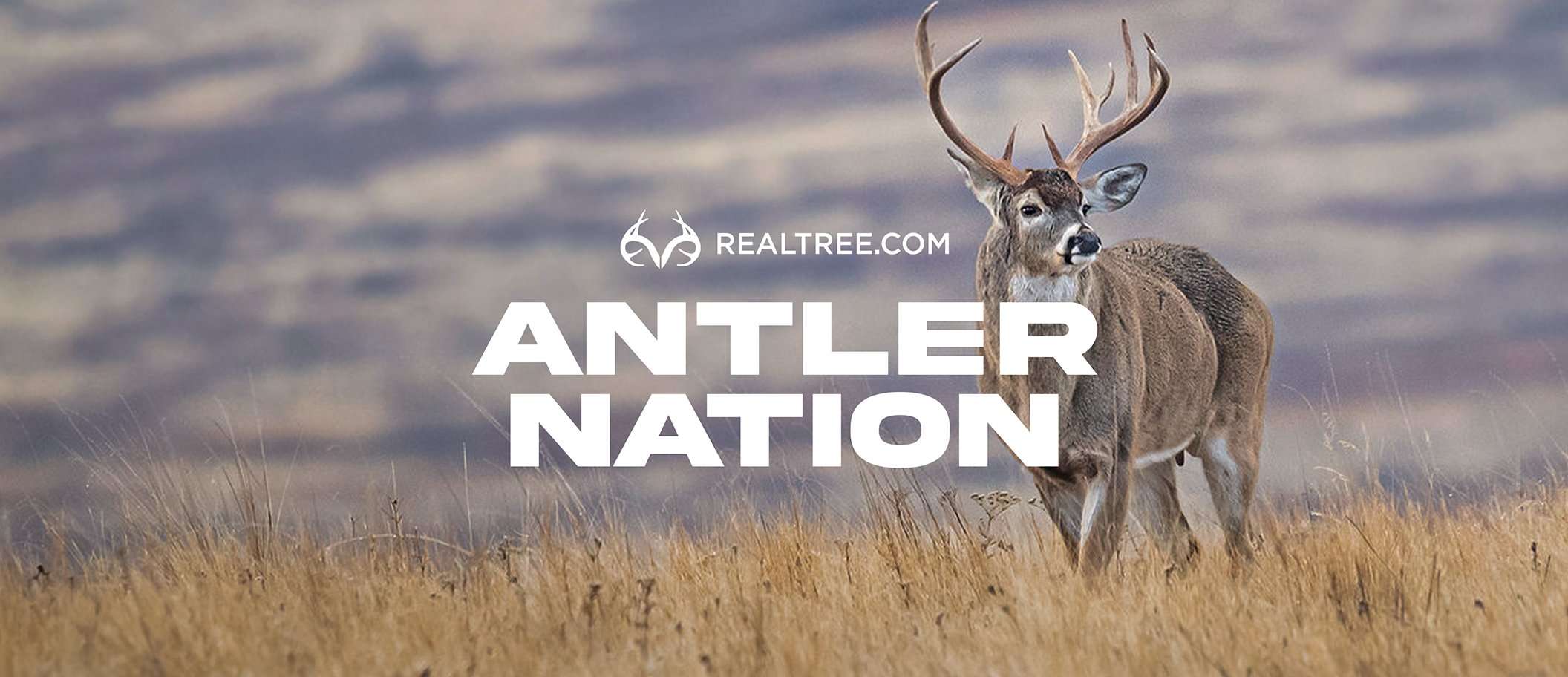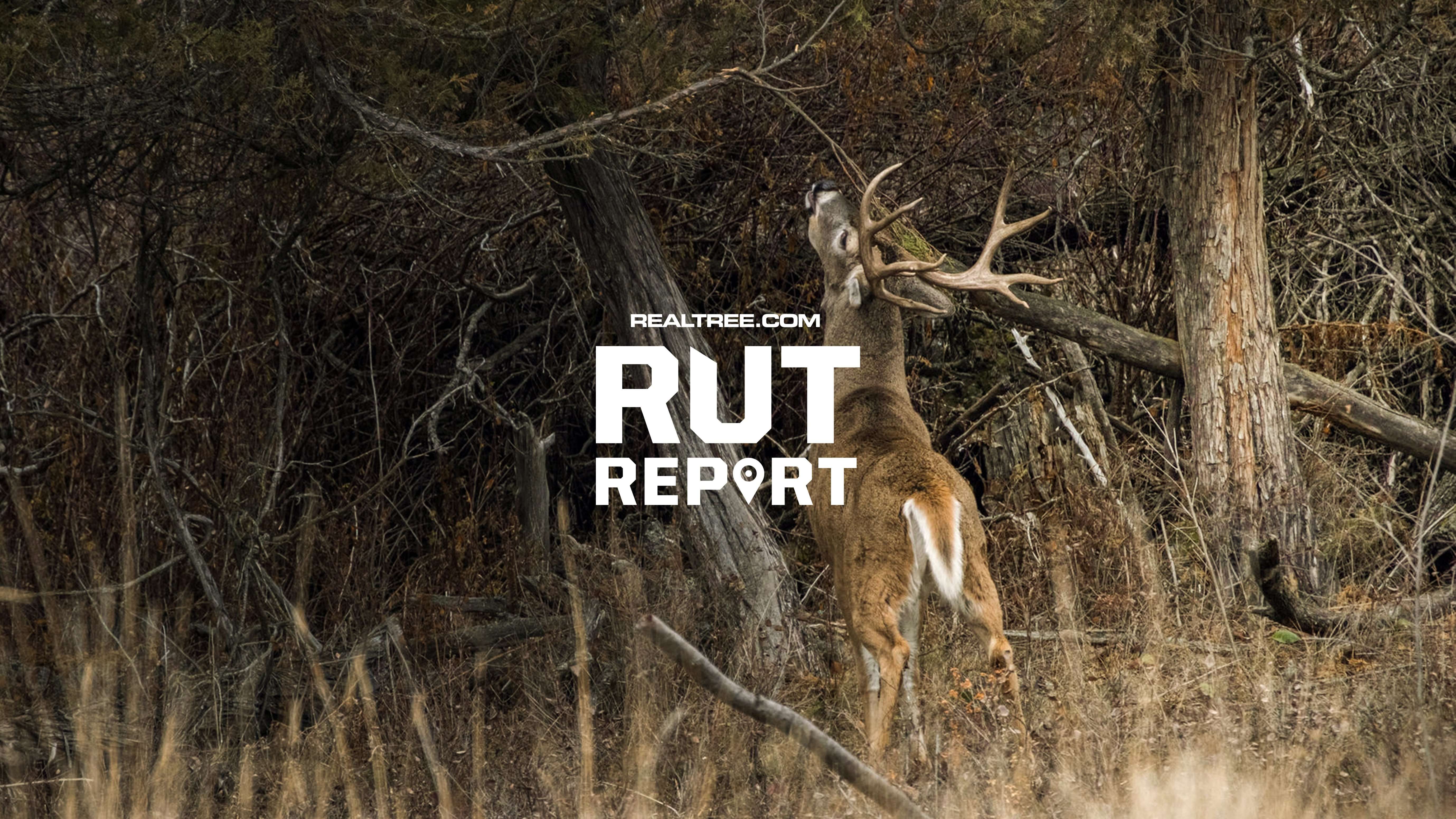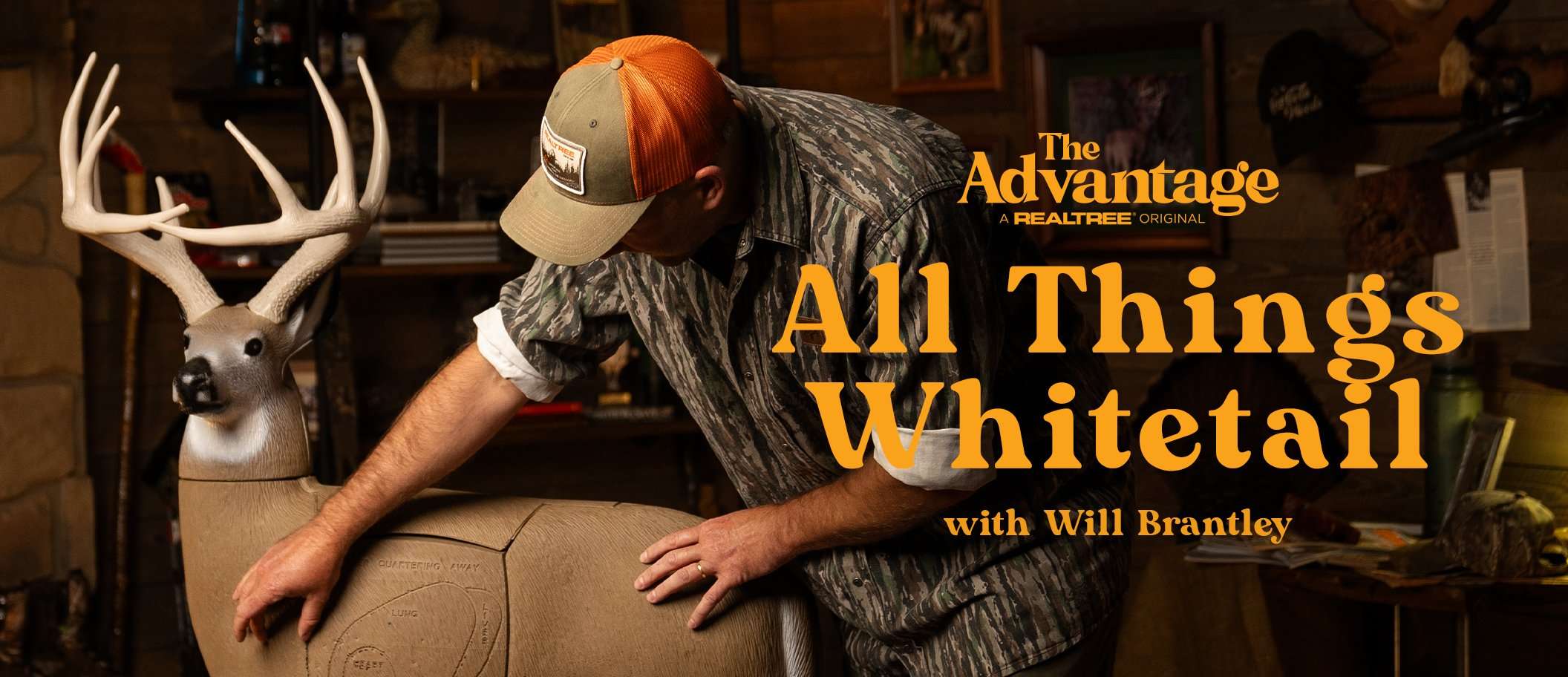Does gobbling peak when the dogwoods bloom? Can you really not call a gobbler across a creek? And is a tom’s vision 50 times better than yours, or only 10? We address some favorite myths and legends from the spring woods
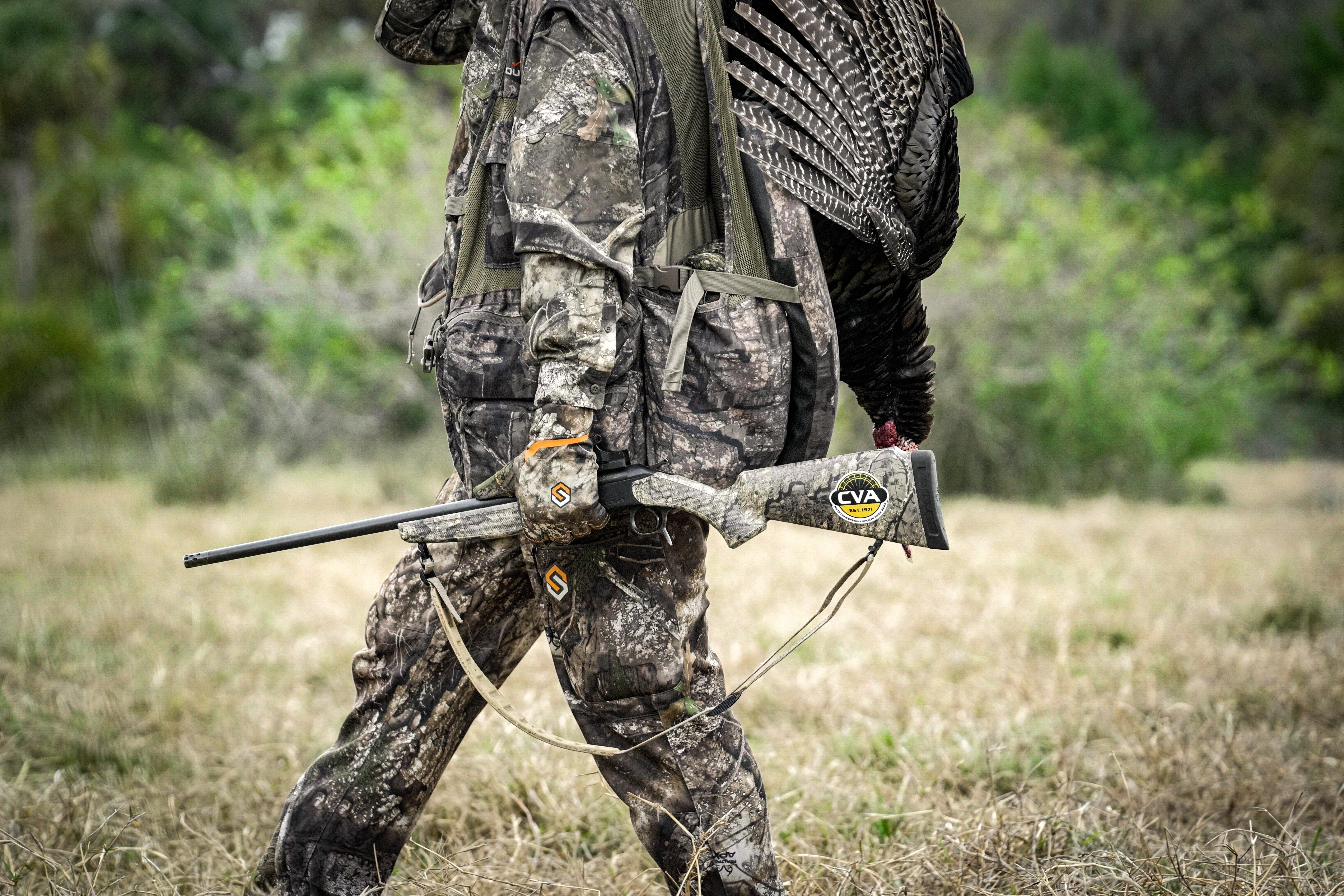
Ever wonder if the turkey hunting folklore you’ve heard your entire life is based on fact or fiction? (Photo by Realtree)
“Modern turkey hunters seem to consider themselves a select breed; their lore resembles not so much a collection of yarns as it does the hermetic knowledge of a cult.” So wrote a folklorist named Tuleja in a fascinating book from the late 1980s entitled American Wildlife in Symbol and Story.
I got to thinking about it, and man is that guy right. Our camouflaged cult has passed along thousands of turkey-hunting proverbs over the decades. Some of the axioms are fact, others are borderline fiction, and many of them fall somewhere in the middle. Here’s a sampling of popular sayings that help weave the very fabric of our spring obsession.
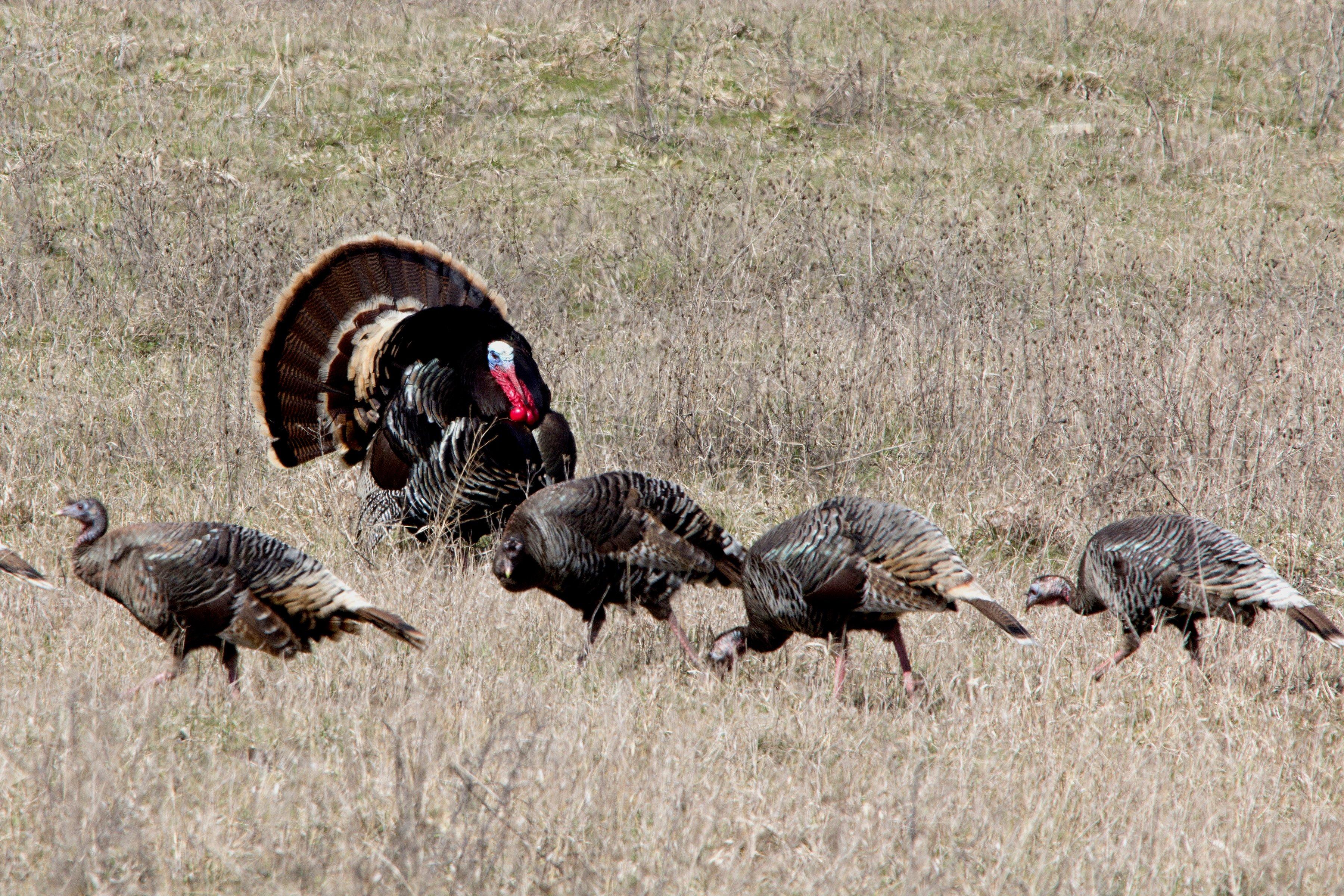
During the spring, gobblers mostly have lovin’ and not food on their minds, but that doesn’t mean they won’t eat at all. (Photo by Joan Budai)
Gobbling peaks when the dogwoods bloom. One April the trees are a riot of ivory and pink, and their flowers seem to shake as gobblers roar on the roost. But the next spring the gobbling peaks a week or two before the dogwoods blossom. What’s the difference? Today’s weather patterns are weird and variable, causing either early or late springs from year to year, and hence either speeding up or delaying the bloom. While the dogwood saw is far from gospel, it still sounds good and is one of my favorites.
When groundhogs come out of their holes in the spring, the turkeys start gobbling hard. This one comes from the Northeast, probably Pennsylvania. It is much like the dogwood thing — true sometimes, though the woodchuck-to-gobbling-turkey connection is highly variable from spring to spring. But again, sounds good.
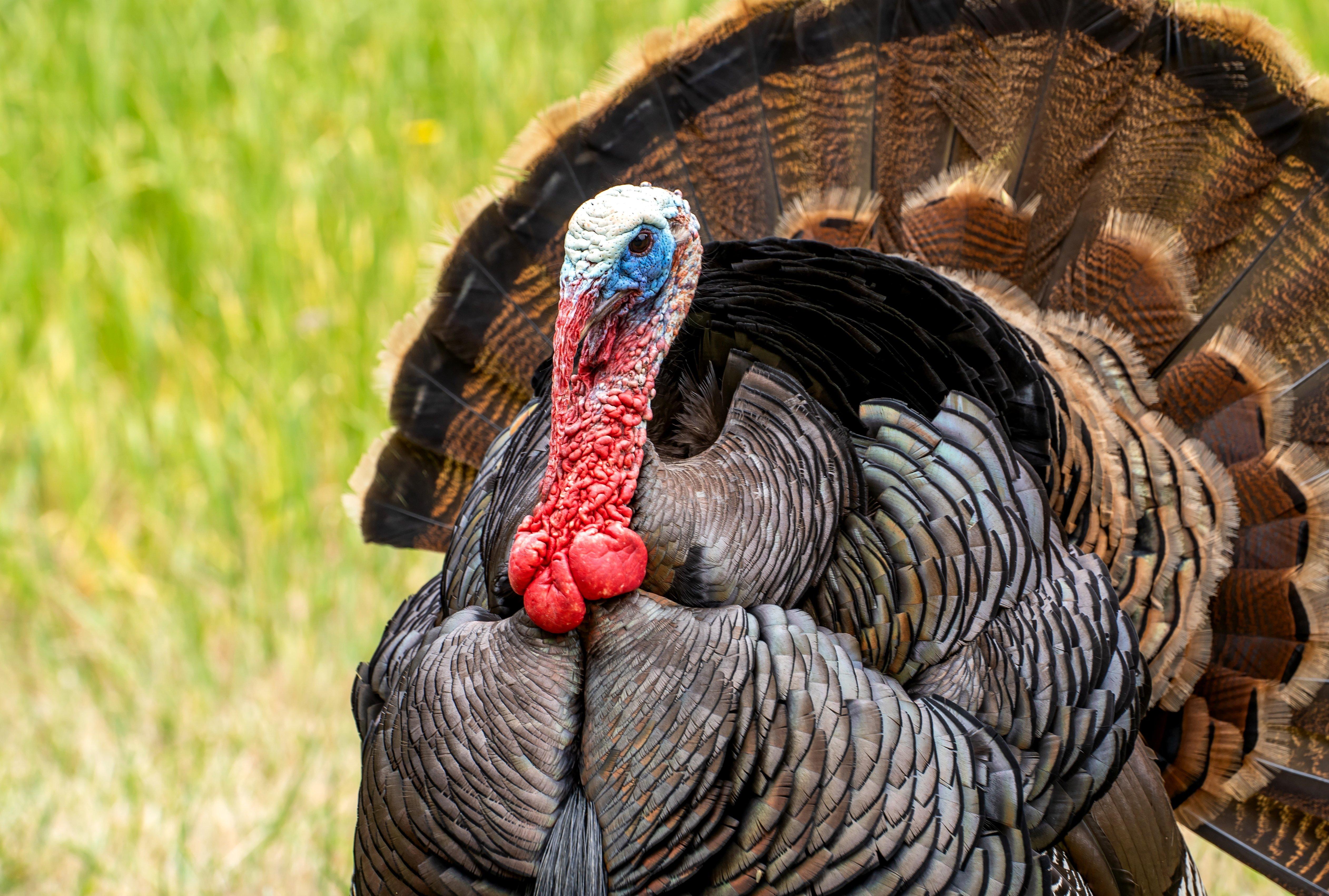
It’s true that if you shoot a gobbler, another one is likely to move into that spot before too long. (Photo by Iv-Olga)
On mornings when squirrels don’t skitter and songbirds are quiet, turkeys don’t gobble much. I’ve spent more mornings than I care to remember in the spring woods over the past 40 years. While this pearl of wisdom is not infallible, I’ve found it to be sort of true more times than not. Some mornings, due to weather and perhaps barometric pressure, the woods are just “dead.” No squirrels, no birds, little or no gobbles.
Don’t Miss: The Ultimate Turkey Gun Patterning Test
Rhythm is the key to turkey calling. The old-timer who came up with this one was on the money. Yelping can be trilling or raspy — either tone appeals to gobblers — but every live hen has a remarkably consistent calling tempo. Remember, it’s the steady flow of yawk, yawk, yawk on either a diaphragm or box that gives your calling realism.
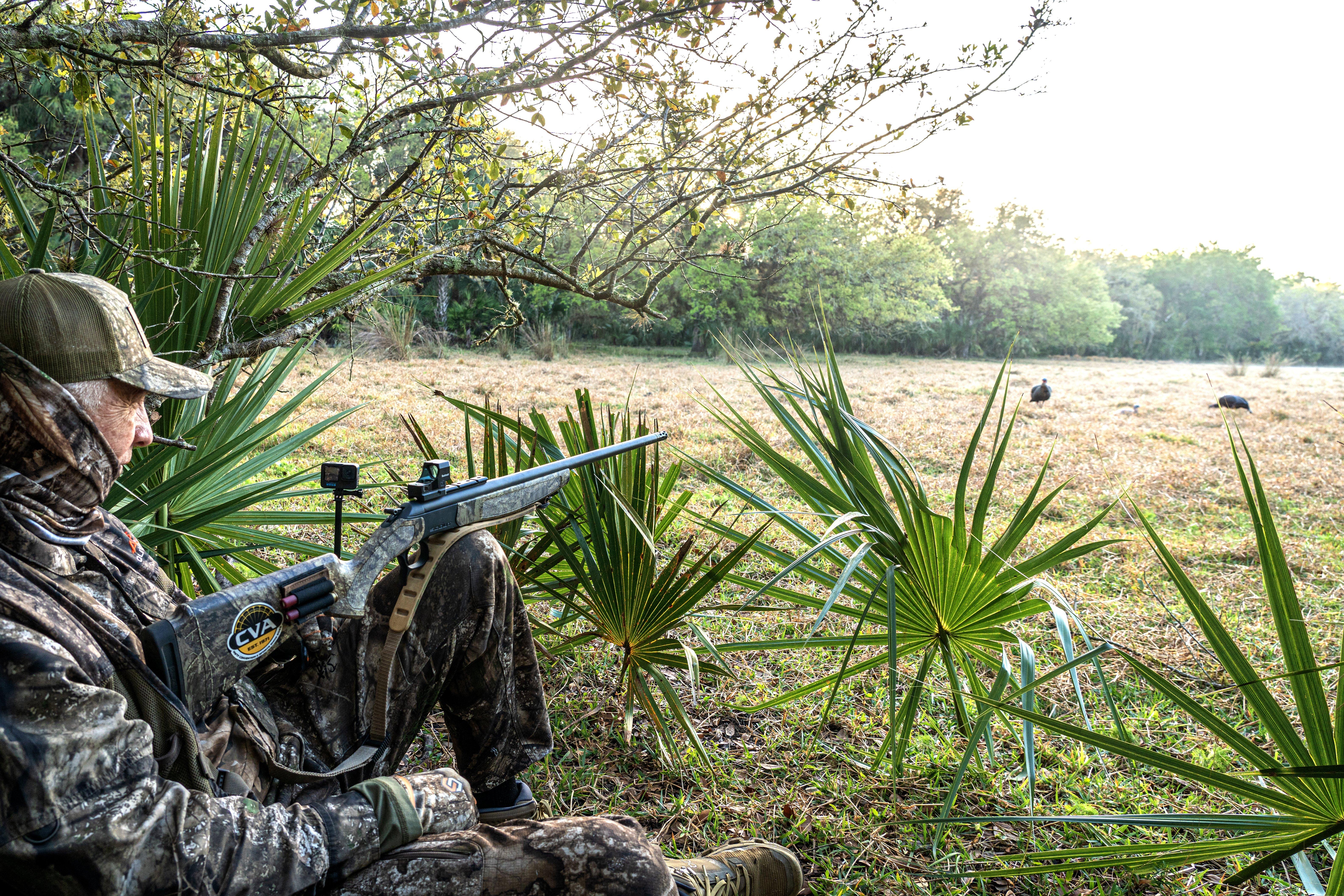
Hunters would likely call in and shoot more toms if they had a bit more patience. (Photo by Realtree)
On windy mornings, most gobblers are silent. Dave Harbour, one of the deans of turkey-hunting writers, came up with this one 50 years ago. It was and still is fairly solid. After being rocked around on their limbs during a windy night, many toms have neither the desire nor the energy to gobble hard the next morning. Harbour offered a solution: Even if the wind is howling one morning, roll out of bed and go hunting; if the wind dies an hour or two after sunup, birds are ready to start gobbling.
A turkey can see 50 times better than you can. I don’t know about 50 times better. There is no scientific study that I know of to back it up. But a wild turkey’s eyesight is incredible. A hen or gobbler can see and assimilate some colors (studies do that confirm that), and by raising its neck and cocking and turning its head, a bird can see roughly 360 degrees. The hunter who came up with this old maxim was likely referring to the turkey’s uncanny knack of picking up movement, like a hunter turning his head at the wrong time or moving his shotgun barrel wildly, whereupon a gobbler will run or fly hell-bent for cover.
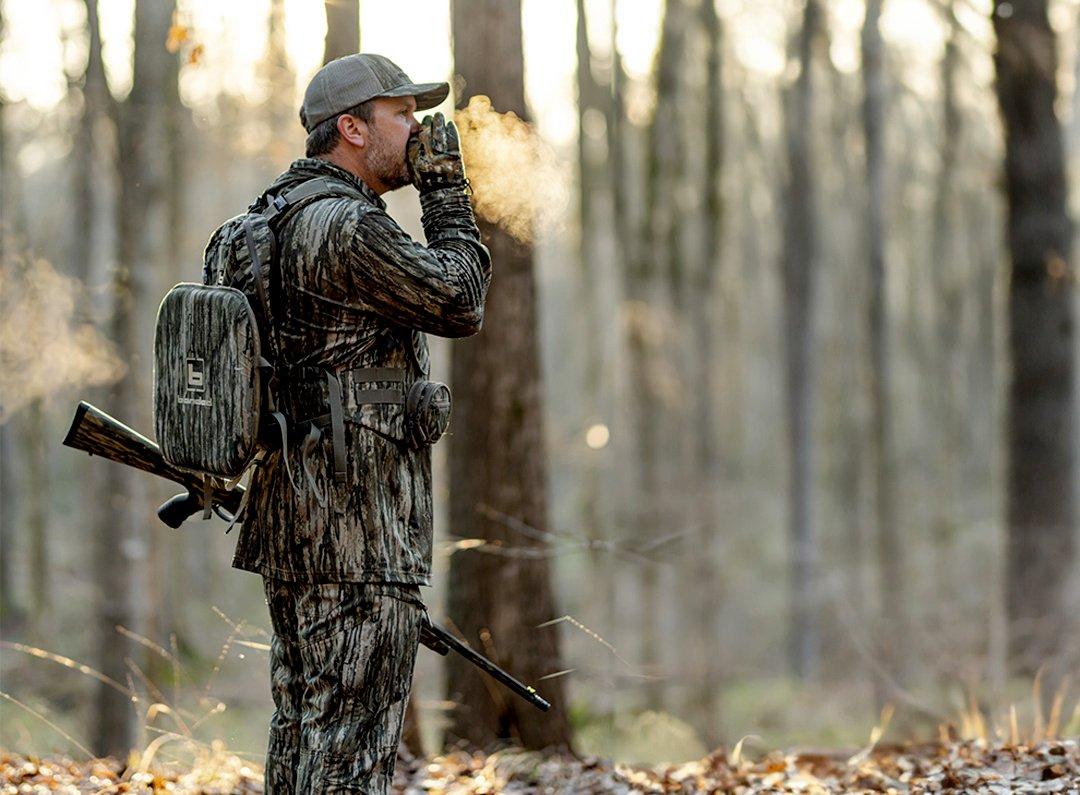
Rhythm is an important component for making a call sound realistic. (Photo by Realtree)
You can’t call a gobbler across a creek. Nine times out of 10 that’s true. Long ago, hunters learned that it is best to circle around, wade, and get on the same side of a creek with a gobbler before calling to him. But what if the property on the other side is posted? Or a stream is too deep to cross? Once in a blue moon a hot-gobbling bird will fly over the water to you, but don’t count on it. That you can’t call a turkey across a creek or river is one you can pretty much take to the bank.
Don’t Miss: How to Turkey Hunt in the Midwest
Lack of patience is the turkey hunter’s biggest sin. Another great gobbler chaser and writer, Wayne Bailey, made this point decades ago in his book 50 years Hunting Wild Turkeys. It is one of the golden rules that shines more brightly with time. These days, if a turkey doesn’t run gobbling and strutting to our first or second series of yelps and cutts, we’re apt to get up and move on the bird, or in some cases even leave and go to another turkey gobbling nearby. Mistake! There is no doubt in my mind that all of us would call in and shoot more toms by sitting tight, yelping every 15 minutes or so and letting a longbeard play the courtship game. It might take him 45 minutes or longer to show his gaudy head, but give it time and you’re likely to see him.
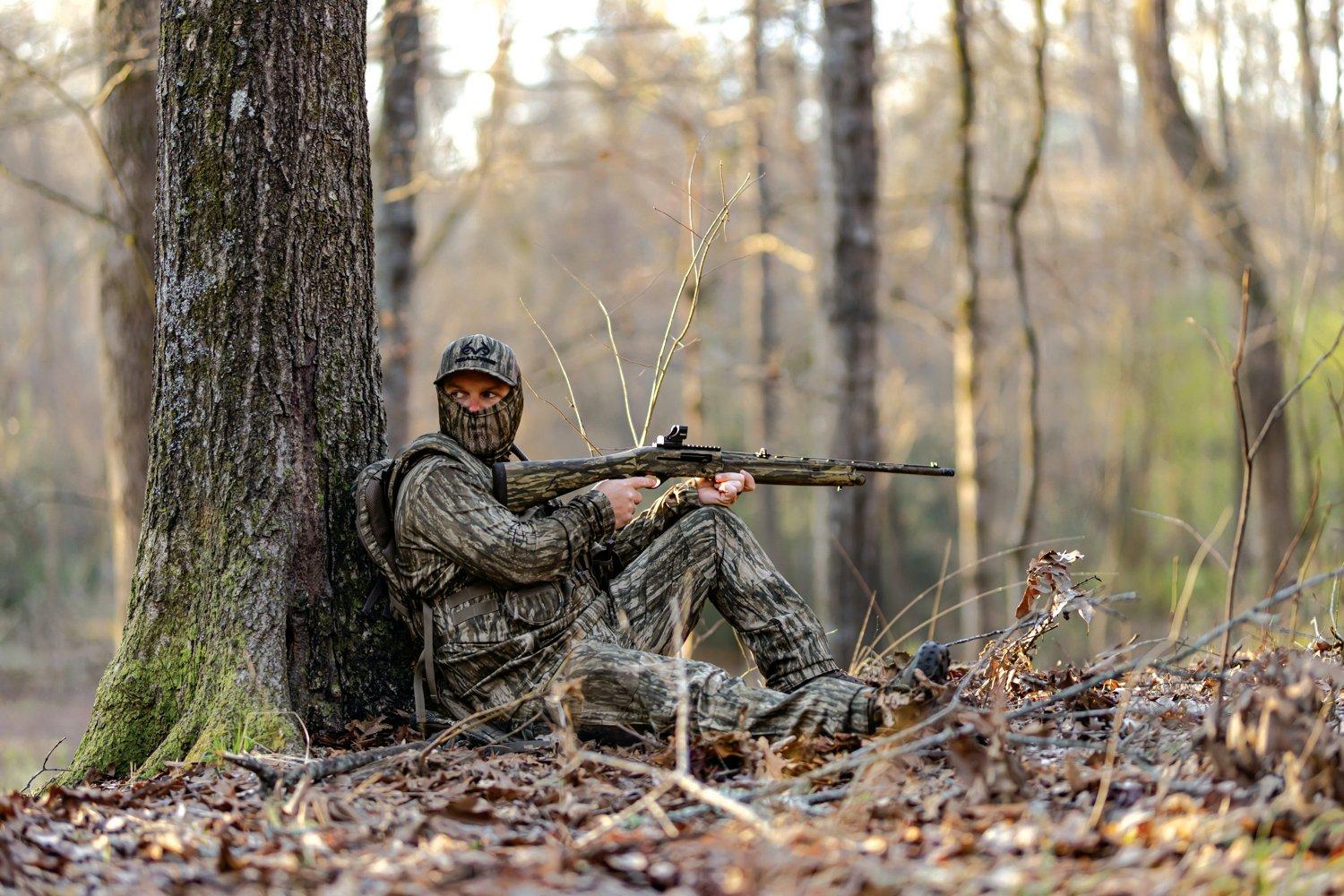
If you hear a lot of gobbling one day, you may be less likely to hear as much gobbling the next. (Photo by Realtree)
It’s easy to tell a jake’s gobble from a longbeard’s gobble. Sometimes it is, especially when a jake cuts loose a long, weird half-gobble in March or early April. But come late April and May, most jakes have learned to roar like 2-year-old longbeards. I defy anyone to tell me differently. By the way, some of the “smart old” turkeys that hang up as you call are actually jakes with 3-inch beards. Rowdy young toms are notorious for gobbling like crazy at your calls, but not working in.
Don’t Miss: Air Fryer Hot Honey Pringles Crusted Turkey Fingers
You can tell a hen from a gobbler by the beat of its wings. An insightful hunter keyed into this long ago. A 9-pound hen flying up to or down from the roost sounds noticeably lighter than an 18-pound gobbler thumping his wings. Listen for heavy wingbeats.
Gobblers live off a sponge on their breast and don’t eat in the spring. I believe this is mostly true because gobblers, like bucks, have their minds on something other than food in the rut. But one April morning not long ago, I shot a 20-pound longbeard with 1¼-inch hooks. As I breasted the bird, I checked his crop and found it stuffed with more than 75 cicadas. That bird had a big, ugly breast sponge, but gobbled 100 times with his mouth full!
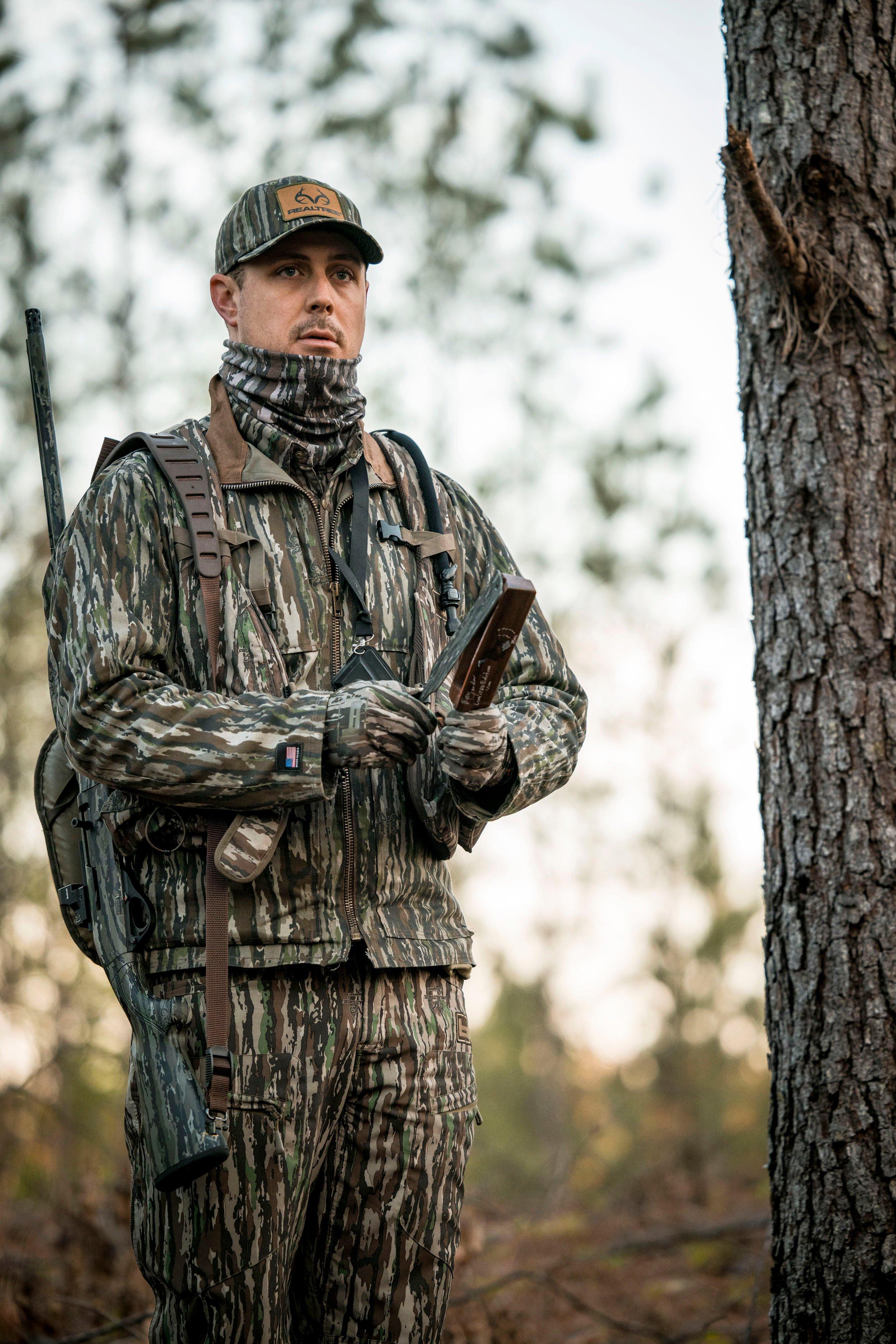
It’s unlikely that you’ll be able to convince a turkey to cross a creek or river with your calls. (Photo by Realtree)
Roosted ain’t roasted. This saw out of the Deep South points out in a colorful way that just because you put a gobbler to bed one evening, he’s far from in the roasting pan next morning. How true. If you call in and shoot 30 percent of the toms you roosted the night before, you’re above the curve. Roosting a turkey tells you exactly where he’ll be tomorrow morning, but that’s about it. Whether he gobbles good and work to your calls is anybody’s guess.
Don’t Miss: Realtree’s Guide to Southern Turkey Hunting
If you shoot a gobbler in one spot, another one will move into the area and start gobbling in a week or so. An old Virginia hunter, now long gone, told me that three decades ago, and it has proven true an uncanny number of times over the years. Gobblers prefer certain ridges, bottoms, and woodlands where they feel safe and comfortable roosting, gobbling, and strutting for hens. If you or another hunter you know kills a turkey in a spot where you have permission, check back there in a week or so to see if another gobbler has moved in and started talking.
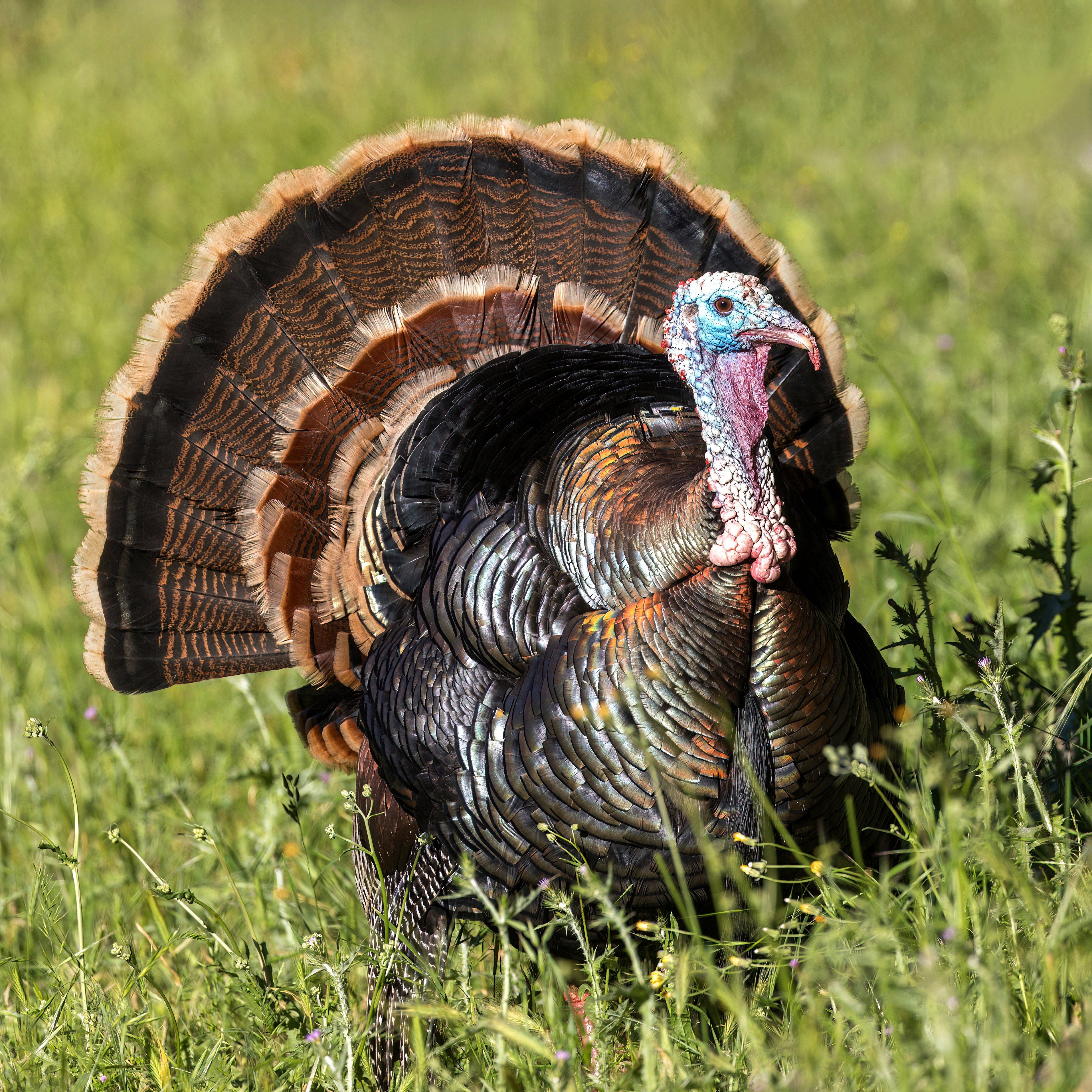
A wild turkey has incredible eyesight and can easily pick up even the slightest movement from a hunter. (Photo by yhelfman)
If you hear good gobbling one morning, you won’t hear much the next day. Again, it’s uncanny how true this can be. If I hear, say, six toms bellowing to beat the band on a farm one day, I figure I’ll be lucky to hear one or two birds gobbling there the next morning. It’s not because the turkeys went anywhere. It’s just that when birds gobble like crazy and breed multiple hens one day, they’re laid back the next. Just like in sports, it’s tough to get up for every game.
Turkeys gobble best on clear, calm, warm days. This is one of the oldest sayings in the book, and it makes sense. But don’t hunt by the weather. It’s quite possible to hear awesome gobbling a on frosty, 30-degree morning. The phase of the breeding season and the mood of individual toms dictate gobbling activity more than the temperature.
If you see turkeys preening and stretching their necks, rain is coming. I’ve saved my favorite for last. It is a fact that some songbirds and ravens and crows preen before a rain, so wild turkeys might do it also. But in the aforementioned American Wildlife in Symbol and Story, I read that according to Ohio folklore, turkeys stretch their necks as a portent of rain and open their mouths to catch rainwater. The story goes that some birds drink till they drown, and this can cause massive die-offs that lead to population dips in turkey flocks after a rainy spring. Old turkey sayings, true or not, sure are fun.




